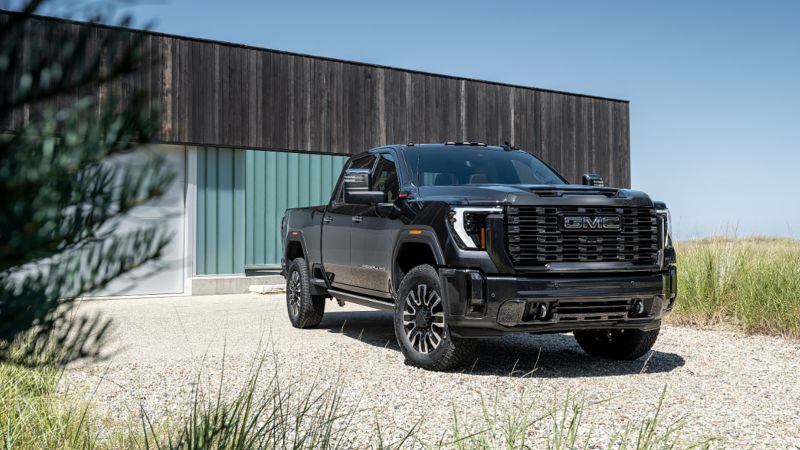The 2023 Versa’s Base Price Grows with Time, but the Options List Hasn’t Decreasing in Two Decades
The average sticker price as sold to customers has grown over the past two decades, while the lowest base price has shrunk, according to data from the website.
Steve Reed, an economist with Bureau of Labor Statistics, a government agency that measures inflation, concurred with what Edmunds’ historic pricing data indicated.
Drivers who don’t want to pay a lot of money for a new car don’t have to. Don’t dip heavily into the options list, and cars are actually relatively cheap.
It has a base price of $15,730. That is barely different from the base price in 2002, the cheapest new car available that year. Many of the standard features that weren’t available two decades ago, such as blind spot monitoring, a touchscreen, and push-button start, are still present in the 2023 Versa.
These base price models may not make much money, if any, for automakers. But they can attract shoppers who can then be up-sold to more expensive versions in what’s known as a “loss leader” pricing strategy, said Michael Brisson, director of economic strategy at Moodys.
Jones worked at an auto dealership for 12 years and said customers are more than willing to play along.
The rise in options has been the result of a competition with friends and neighbors who have the latest features on their cars. People tend to want less when buying a new vehicle.
Surprisingly, the gap has been growing fastest in GMC’s heavy-duty trucks, usually thought of as serious work vehicles. The average price of a GMC Sierra 2500 HD, as sold, is now double the base price.
Finnegan said that a heavy-duty truck customer might not be in the market for that sort of thing. “But it’s some of those features that they’re actually most excited about, like Bose Premium Series speakers.”
Industry strategy is involved in it. Car shoppers don’t pick and choose their own options. Instead, they usually have to buy packages of features together or even pay more for more luxurious “trim levels” to get features they want, said Tyson Jominy, an industry analyst with J.D. Power.
Jominy said a classic example was a ‘Wheels and Tunes’ package. The music and wheels have no connection except to get upgraded wheels and a branded radio.
Why are so many used car prices going up in the last two weeks? The case of Used Cars in the U.S. Consumer Reports
Car shoppers can avoid getting caught in the vortex pulling them toward ever more expensive new vehicles, said Jeff Bartlett, managing editor at Consumer Reports. He worries that car shoppers seeing these rising prices for the “average new car” will use that as a guide to what their next car should cost.
“It gives me shivers to think of people in this economic climate, thinking, ‘Oh, well, I was just going buy a $30,000 car but, hey, I guess $50,000 is average, so why not?” he said.
When potential buyers get their tax refunds, the busy selling season for used cars begins. Now dealers are scrambling to rebuild inventories, and that is driving up prices.
According to data from Manheim, the largest wholesale automotive marketplace, prices jumped 4% in just the last two weeks. While many in the industry expected the drop in prices wouldn’t last, the sudden increase caught many by surprise.
Due to the fall in car sales in 2020, few people were signing up for three-year leases on cars, which feeds the supply of used cars on the markets, and this usually happens at the end of the contract.
Ivan said that it was jobs that drove demand for cars. You have a car if you have a job.
In March and April of 2020, auto plants across the nation were shut by stay-at-home orders, and many dealerships were closed. Demand for cars also fell off a cliff amid record job losses and millions of additional workers shifted to working from home rather than commuting.
The labor market and consumer spending is strong at the moment, but there are still worries about a possible recession. The Federal Reserve appears likely to keep raising interest rates, at least in the near term, which in turn will raise the cost of car loans, and for the financing that car dealers use when purchasing their own inventories.
Overall prices are up 6.4% over the last year, but that reading has fallen for seven straight months. And prices would have risen 6.9% over the same 12 month period if used car prices had posted such a steep decline and instead just stayed unchanged.
So broader economic conditions in the US economy are certain to have an effect on supply, demand and pricing of used cars, which makes forecasting future prices very difficult, said Frey.
“I don’t think this latest increase is a blip. Frey thinks prices could come down after tax refunds land. He said that forecasts in the current market are difficult to make.
